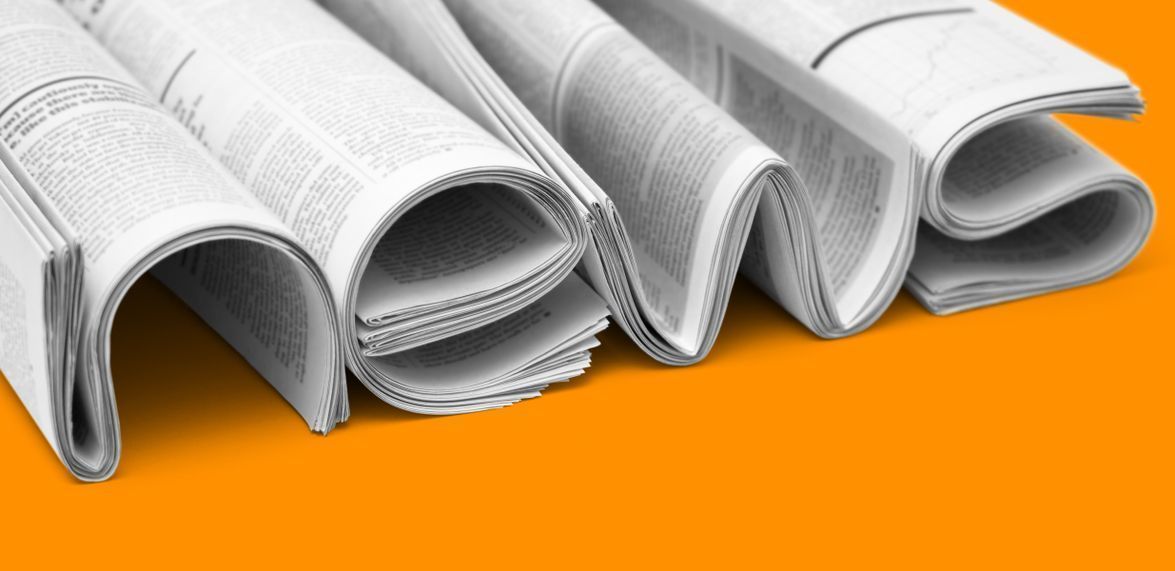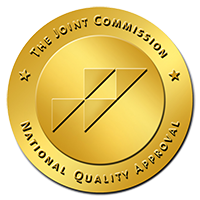by Patricia Jones, Alliance Poverty Task Force
The US Department of Agriculture announced recently that there would be an increase in the amount received in the Supplemental Nutrition Assistance Program, SNAP, formerly called Food Stamps. This increase became effective in October and was based on the re-evaluation of what should be included in the Thrifty Food Plan.
For a single person, this increase would be $16 for a maximum benefit of $250. For a household of four, an increase of $53 brings the SNAP benefit to $835. SNAP amounts had been temporarily increased under the CARES Act, but those have ended. These changes are permanent, and they are recalculated every June based on the rate of inflation. Benefit amounts then change every October.
USDA calculates the Thrifty Food Plan using a mathematical model based on the cost of food, the nutrients in food, nutrition guidance, and what Americans eat. The Thrifty Food Plan was examined earlier this year, and the groceries that go into it were changed for the first time in 45 years. It better aligns with dietary guidance, reflects what Americans buy and eat, supports a healthy, active lifestyle, and can be purchased with a limited food budget.
What can be purchased with SNAP benefits? Any food for the household: Fruits and vegetables; meat, poultry, and fish; dairy products; breads and cereals; other foods such as snack foods and non-alcoholic beverages; and seeds and plants, which produce food for the household to eat.
Households CANNOT use SNAP benefits to buy beer, wine, liquor, cigarettes, or tobacco; vitamins, medicines, and supplements; live animals; foods that are hot at the point of sale; any nonfood items such as pet food, cleaning supplies, paper products, other household supplies, hygiene items, or cosmetics.
Is your household eligible for SNAP? Given the way costs are rising right now, especially for groceries, it may be worthwhile to check.
There are three ways to apply: paper application, online, or by phone. You will be asked about all your expenses, like rent or mortgage payments, taxes, utilities. You also have to report your assets, like property owned, bank accounts, investments. Pick up a paper application at 411 Black Hills Avenue. Fill out an online application at the website of the Nebraska Department of Health and Human Services (DHHS): www.ACCESSNebraska.ne.gov. Or phone the DHHS Customer Service Center: 1-800-383-4278. You can get assistance with completing the application through the DHHS Customer Service Center or Northwest Community Action Partnership: 308-430-0843. By calling and using a qualified professional, you are much more likely to be approved.
Once your application has been processed through the Nebraska Department of Health and Human Services and you are found eligible, you will receive an Electronic Balance Transfer (EBT) card. This works like a debit card. Each month you are eligible, benefits will be reloaded onto the card, which you can use to buy food at stores. You will use your PIN to confirm the purchase just like you would with a debit card. Nebraska sends out benefits from the 1st to the 5th of every month, based on the last digit of the head of household’s Social Security Number.
Only U.S. citizens and certain lawfully-present non-citizens may receive SNAP benefits.
The federal government pays the full cost of SNAP benefits and splits the cost of administering the program with states. In 2019, more than $220 million in SNAP benefits were issued to Nebraska residents at a cost to the state of $19 million in administrative expenses. SNAP helped 170,000 Nebraskans afford food in 2019.
Agriculture Secretary Tom Vilsack said, “Ensuring low-income families have access to a healthy diet helps prevent disease, supports children in the classroom, reduces health care costs, and more. And the additional money families will spend on groceries helps grow the food economy, creating thousands of new jobs along the way.”
In good times and tough times, SNAP is the most far-reaching, powerful tool available to ensure that all Americans, regardless of background, can afford healthy food. The program helps to feed more than 42 million Americans – 1 in 8 – each month.



